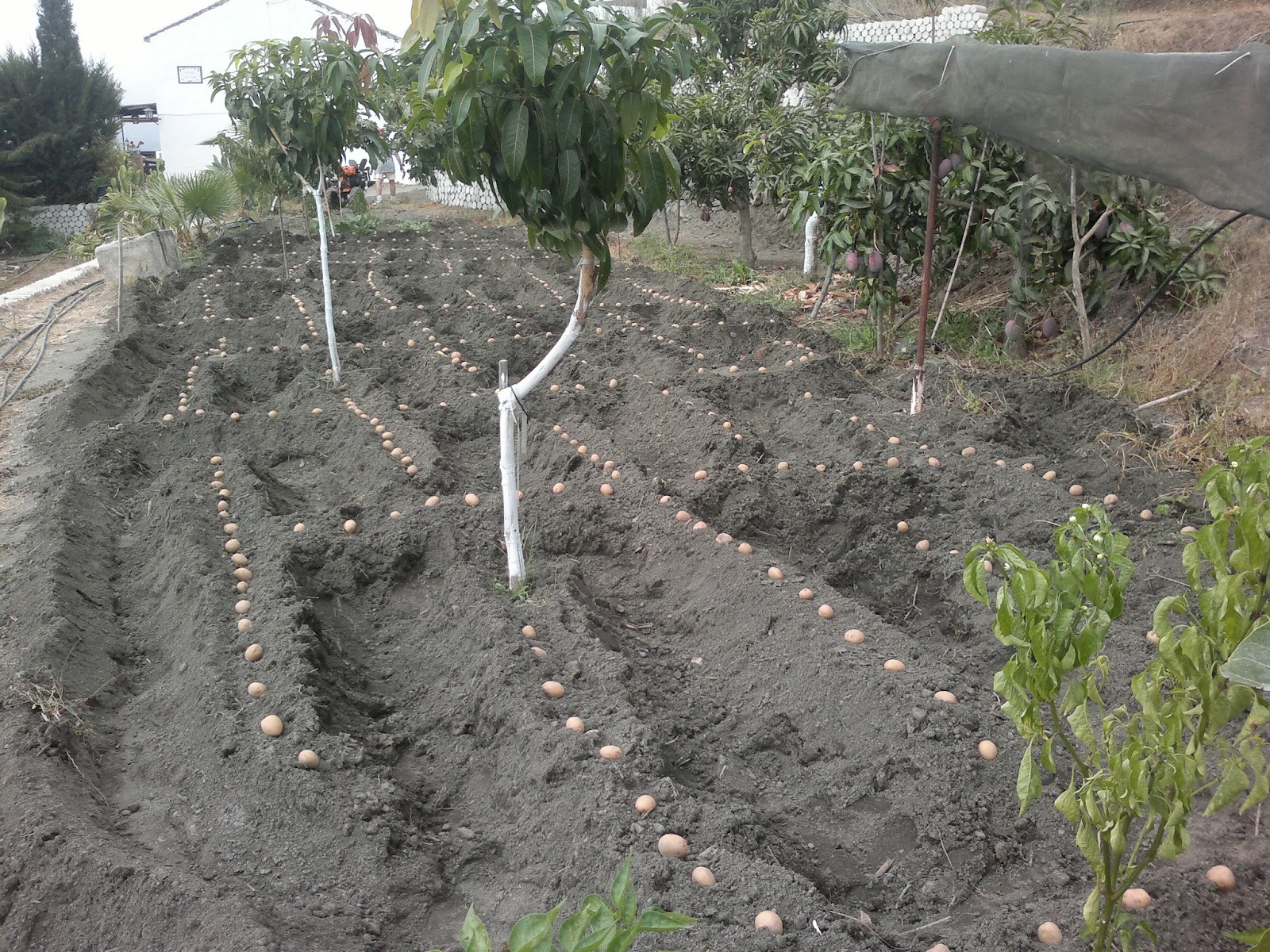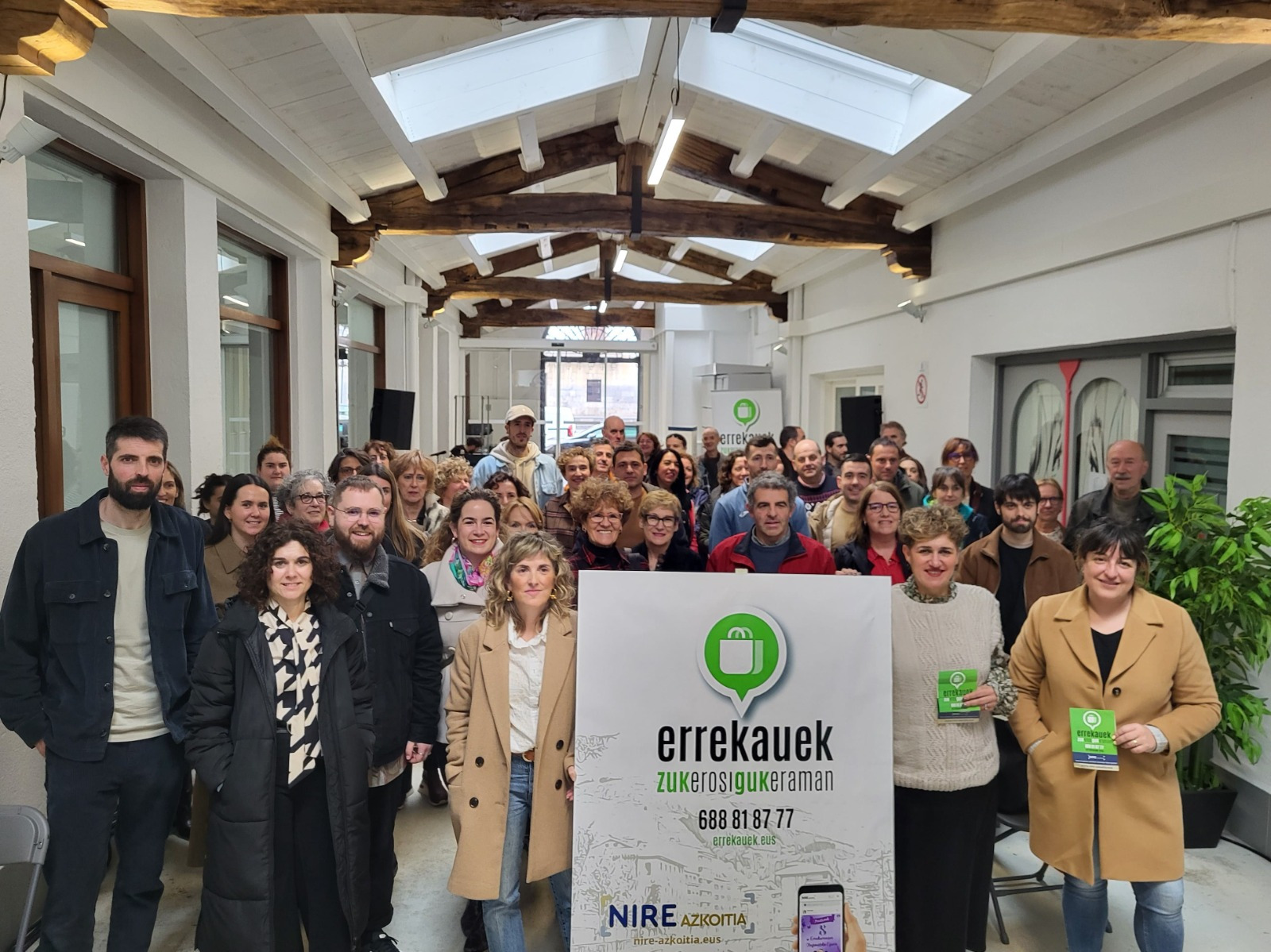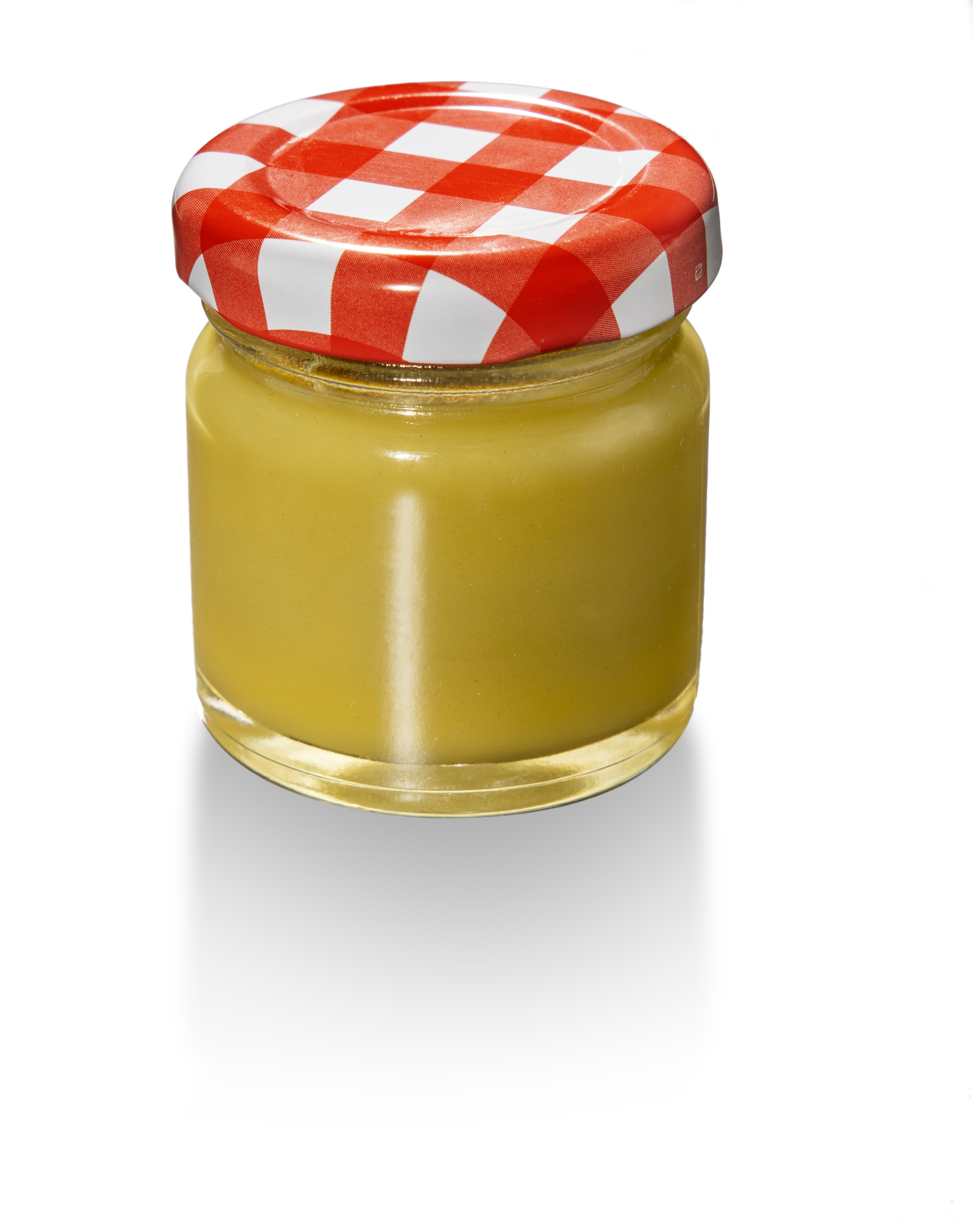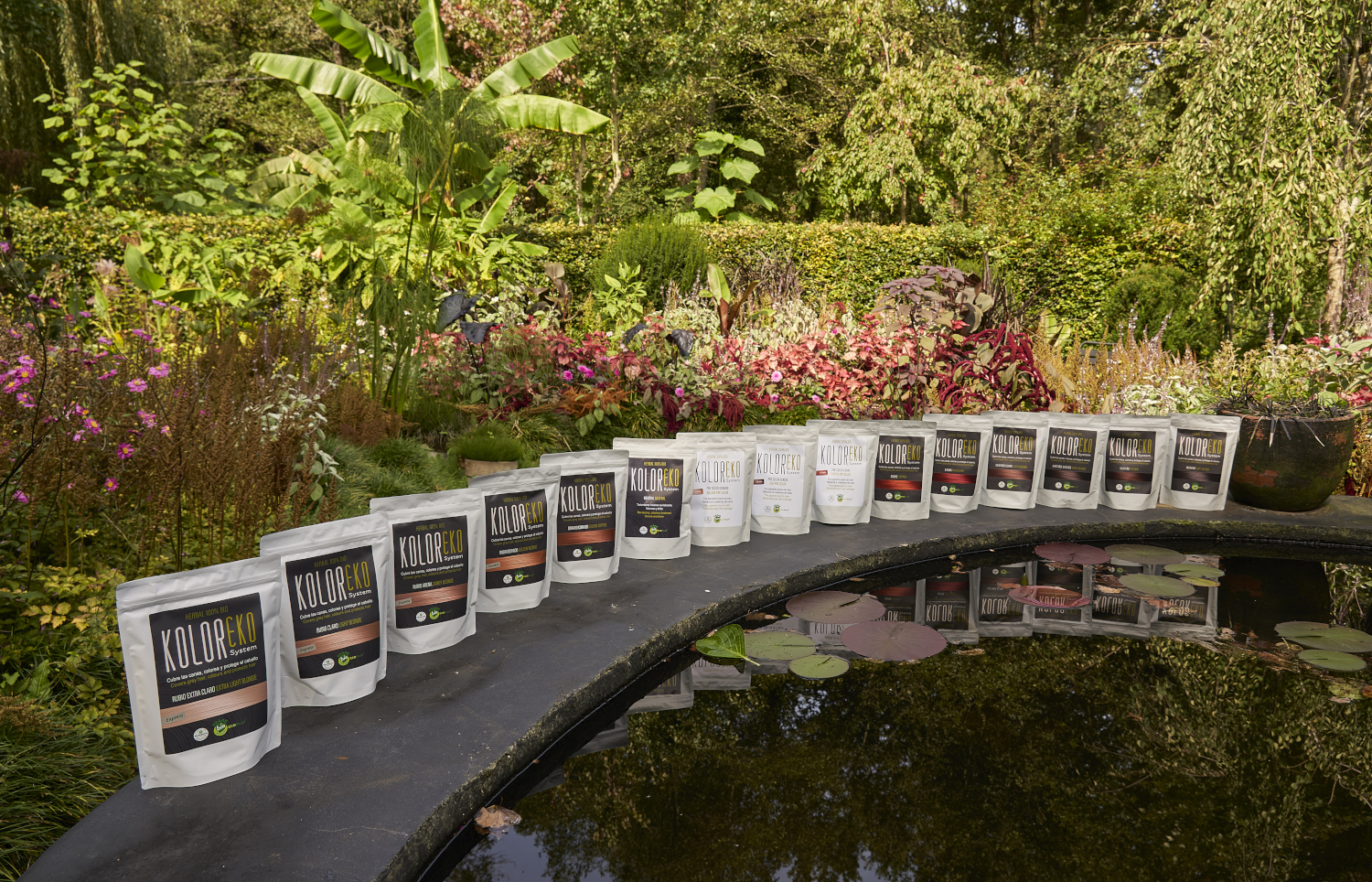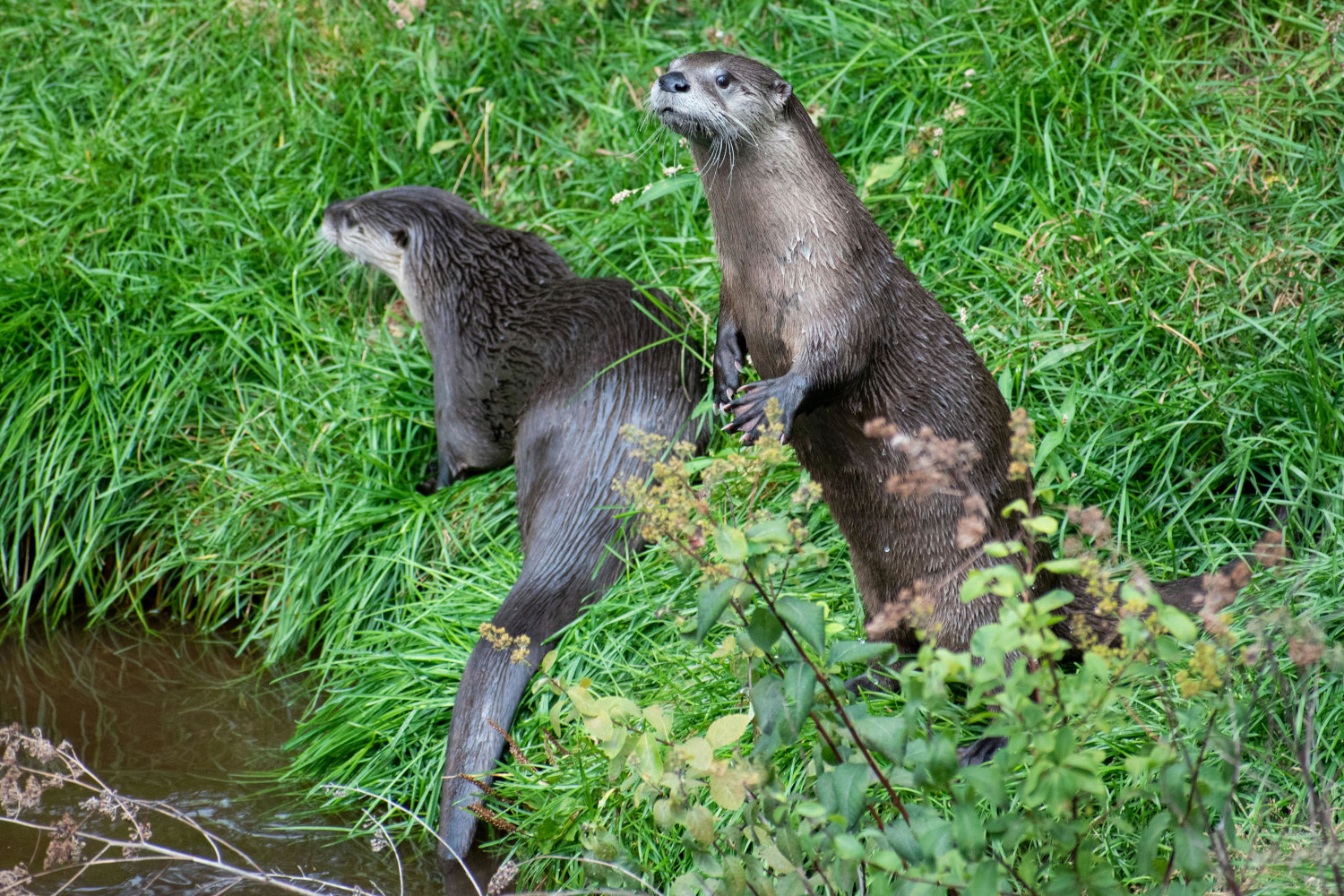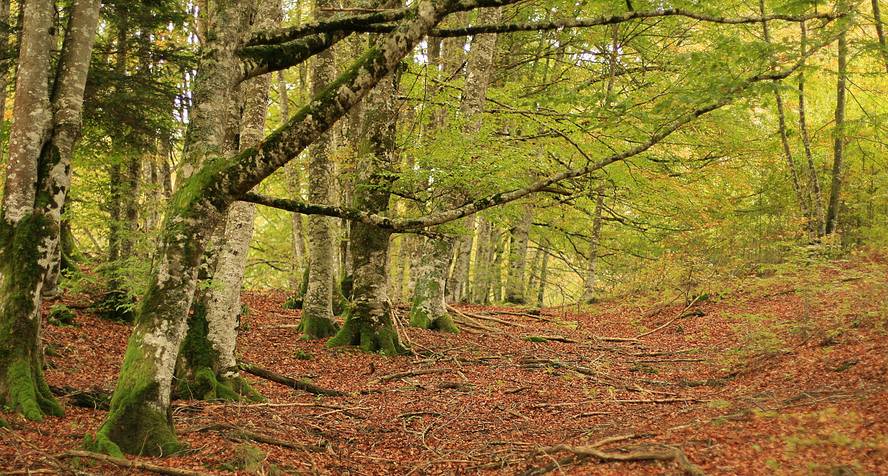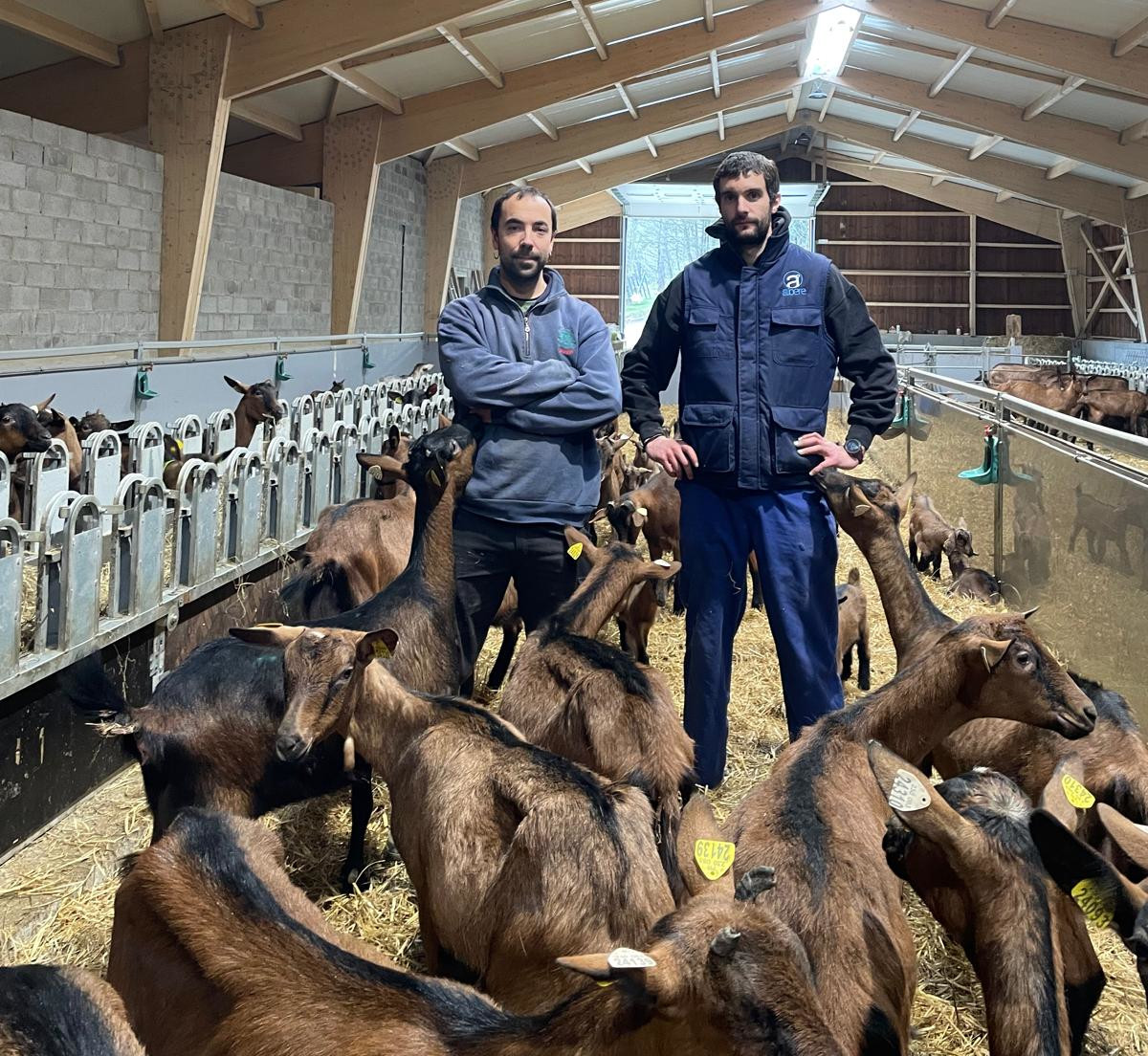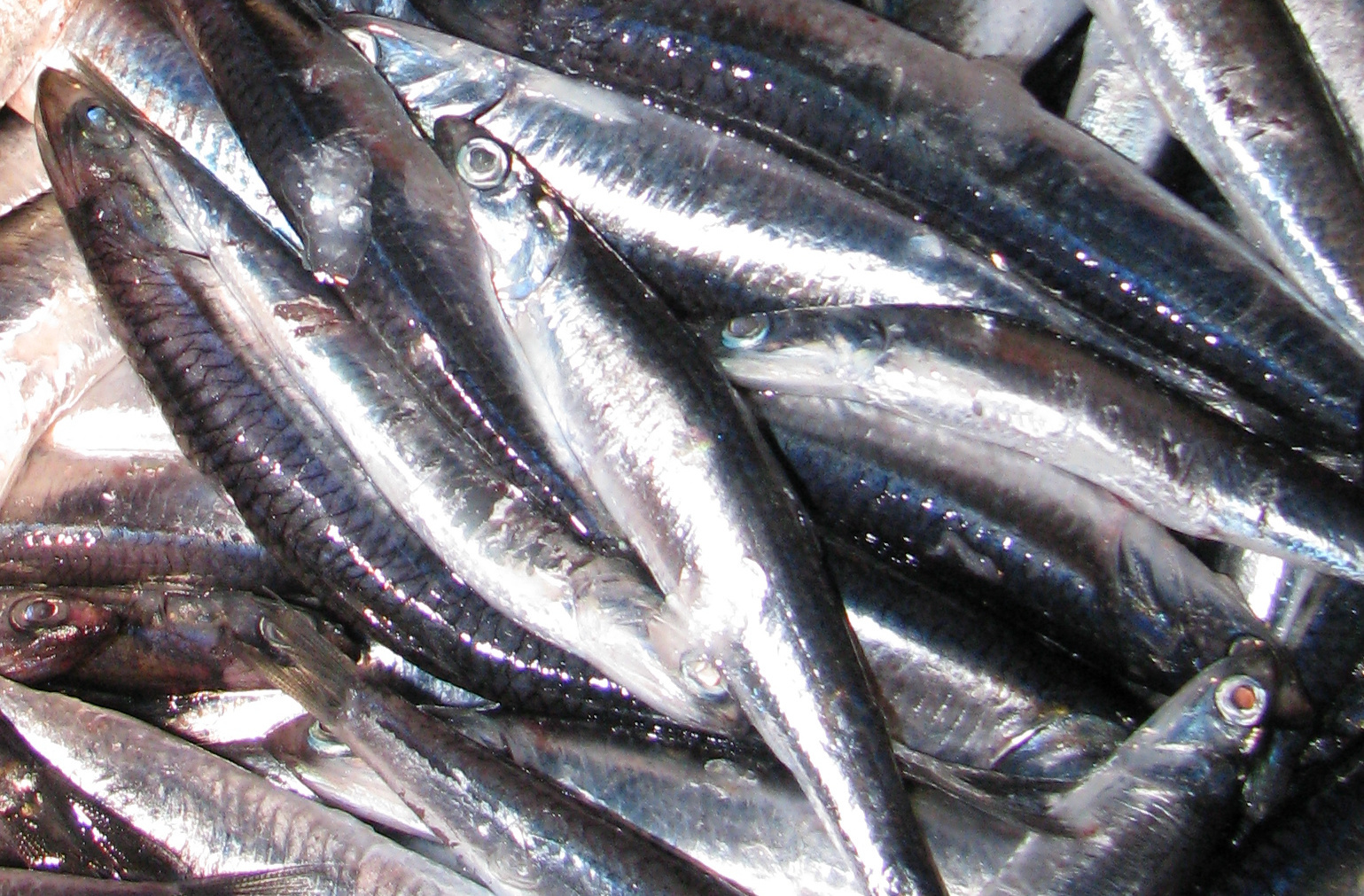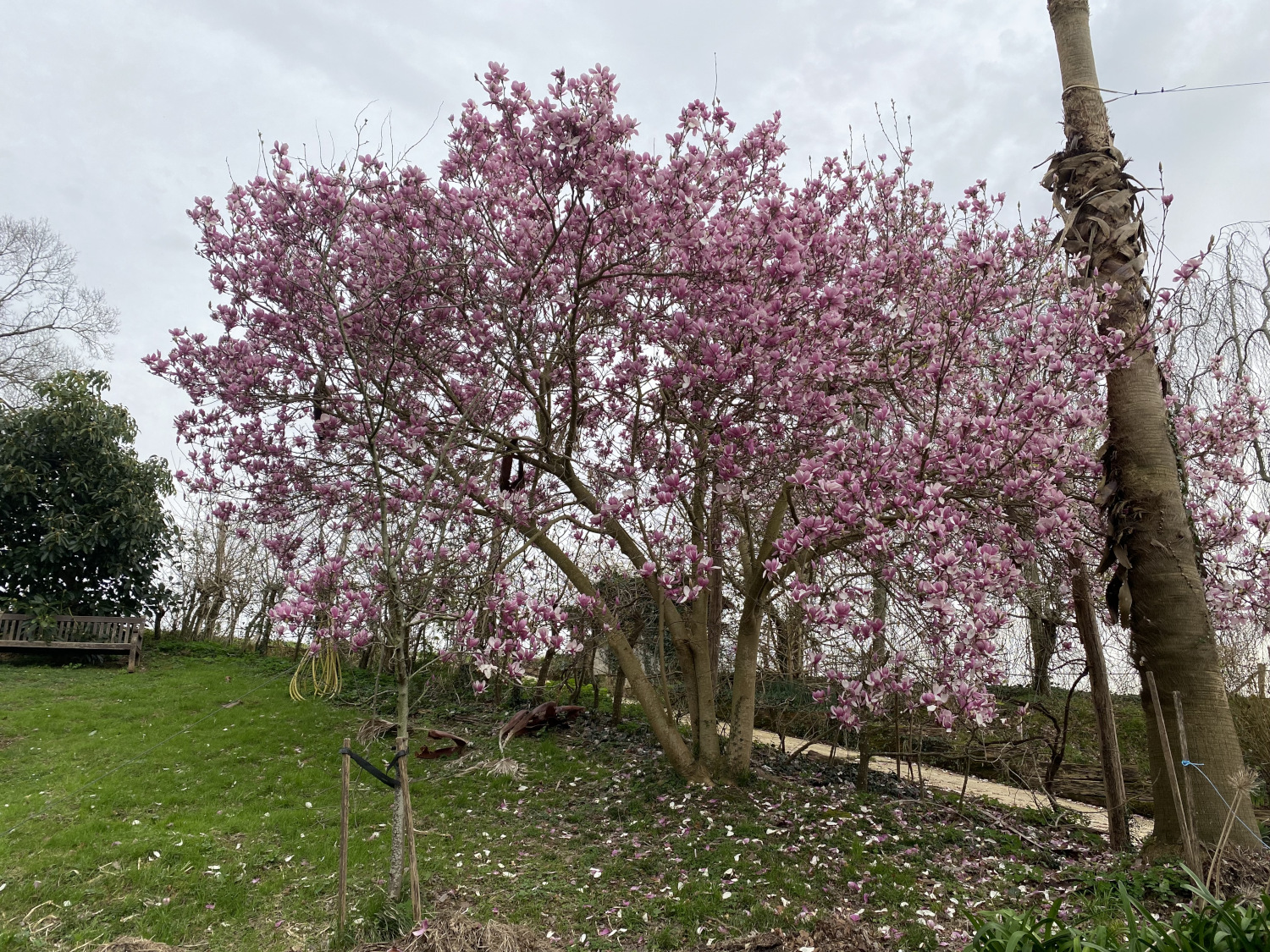Put on the erasure and eat
- "Nai dezu bat boraja loriak? ", wrote between 1906 and 1908 Oriano Iraola Aristigieta in one of the articles he published in the journal Baserritarra. Borago officinalis (Borago officinalis) has been one of the most famous medicinal plants: to soothe cough, diuretics, heart-healthy, sweating…

The flowers to which Vicoriano refers will come later, towards the end of the winter, but to pick up the recipe from that bowl, collect the flowers and use them when you need them. The renowned pharmacist Pío Font i Quer advises in the bible his famous and medicinal books Medicinal plants, the renovated Dioscorides (medicinal plants, renovated Dioscorides) the formula of sweating: you have to prepare the infusion, very hot and abundant. Boil half a liter of water and add half an ounce (about fifteen grams) of borage. Cover and allow to cool a little. Take as hot as possible, if desired, well protected and wrapped.
In Almanaka Berria, published in Baiona in 1885, it was published: “You have to drink when the cough is: the blizzard, the four flowers or the muddle.” The priest, Jean Elizalde Salaberri, wrote in a series of articles in Zion Herria that were published in Baiona: “Azkaine Assorterria” says: “There’s nothing better against cough than the slave.” It is also known as “murruin” and “morroin”, at least borrai, murrun, porro, bubble, terrible and nettle cabbage.
Most names can be associated with the blur, but I don't know where it can come from misery. The “rough” and the “non-berza” can be associated with one of its main characteristics: the skin is full of upright, rough, sharp, not enough to make wounds, but remarkable. In all your skin: in the trunk, in the leaves and also in the foot of the flowers. Is it because of that “horror” or “horror”? And the comparison with Asuna (Urtica dioica) comes, of course, from the cottages. Full name of cabbage (Brassica spp.) Isn't it because the leaves are also eaten? Eating, although mostly eaten in the south of Navarre, has spread to the whole world. The leaf stem is more appreciated than the leaf, thinner, it is said. People go crazy by pulling their hairs into those peduncles. I don't take care of it, if it has a small thread, I take it away. Take a look: remove the leaves (mix them with vegetables or sprinkle them with garlic), clean the stem well and cook in boiling water, each whatever you want. The scallions also have food, and they're all in.
Now you plant the erasure, like in the outside vegetable garden, in the greenhouse. It's a fast growing vegetable that can be picked up from leaf to leaf until it develops in flower. If you want to pick up the flower as a medicinal herb, not for lots, when the dew evaporates and in a place that is ventilated in the shade and ventilated, dry it and gather it well spread on a paper or fabric. It is advisable to dry quickly to maintain its intense blue color. The wild borage opens up the blue flowers. Those who work for orchards, on the other hand, are white. What is the best medicinal herb? One fact: in flowers, blue is the rarest color; in the 280,000 plant species that propagate the flower, only 10% is blue.
Udaberrian orain dela egun gutxi sartu gara eta intxaurrondoa dut maisu. Lasai sentitzen dut, konfiantzaz, bere prozesuan, ziklo berria hasten. Plan eta ohitura berriak hartu ditut apirilean, sasoitu naiz, bizitzan proiektu berriei heltzeko konfiantzaz, indarrez, sormen eta... [+]
Ohe beroan edo hotzean egiten da hobeto lo? Nik zalantzarik ez daukat: hotzean. Landare jaioberriek bero punttu bat nahiago dute, ordea. Udaberriko ekinozio garai hau aproposa da udako eta udazkeneko mokadu goxoak emango dizkiguten landareen haziak ereiteko.
Duela lau urte abiatu zuten Azpeitian Enkarguk proiektua, Udalaren, Urkome Landa Garapen Elkartearen eta Azpeitiako eta Gipuzkoako merkatari txikien elkarteen artean. “Orain proiektua bigarren fasera eraman dugu, eta Azkoitian sortu dugu antzeko egitasmoa, bere izenarekin:... [+]
Itsasoan badira landareen itxura izan arren animalia harrapari diren izaki eder batzuk: anemonak. Kantauri itsasoan hainbat anemona espezie ditugun arren, bada bat, guztien artean bereziki erraz atzemateko aukera eskaintzen diguna: itsas-tomatea.
Aurten "Israel Premier Tech" txirrindularitza talde israeldarra ez da Lizarraldeko Miguel Indurain Sari Nagusia lasterketara etorriko. Berri ona da hori Palestinaren askapenaren alde gaudenontzat eta munstro sionistarekin harreman oro etetea nahi dugunontzat, izan... [+]
Sare sozialen kontra hitz egitea ondo dago, beno, nire inguruan ondo ikusia bezala dago sare sozialek dakartzaten kalteez eta txarkeriez aritzea; progre gelditzen da bat horrela jardunda, baina gaur alde hitz egin nahi dut. Ez ni optimista digitala nauzuelako, baizik eta sare... [+]
Bada Borda bat ilargian. Bai, bai, Borda izeneko krater bat badu ilargiak; talka krater edo astroblema bat da, ilargiaren ageriko aldean dago eta bere koordenadak 25º12’S 46º31’E dira; inguruan 11 krater satelite ditu. Akizen jaiotako Jean Charles Borda de... [+]
Donostiako Amara auzoko Izko ileapaindegi ekologikoak 40 urte bete berri ditu. Familia-enpresa txikia da, eta hasieratik izan zuten sortzaileek ile-apainketan erabiltzen ziren produktuekiko kezka. “Erabiltzaileen azalarentzat oso bortzitzak dira produktu gehienak, baina... [+]
Ugaztunei eskainitako azken artikuluaren amaierako hitzak hurrengo animalia aurkezteko aitzakia paregabea dira. Bertan esaten genuen muturluzeak erreka “garbi eta txukunak” behar dituela, kutsadurarik gabeak baina elementu natural anitzekin. Animalia txiki horren... [+]
Mila milioika mintzo dira agintariak. CO2 isurketak konpentsatzeko neurri eraginkor gisa aurkeztuta, zuhaitz landaketei buruzko zifra alimaleak entzuten dira azken urteetan. Trantsiziorako bide interesgarria izan zitekeen, orain arteko oihanak zainduta eta bioaniztasuna... [+]
Kutsatzaile kimiko toxikoak hauteman dituzte Iratiko oihaneko liken eta goroldioetan. Ikerketan ondorioztatu dute kutsatzaile horietako batzuk inguruko hiriguneetatik iristen direla, beste batzuk nekazaritzan egiten diren erreketetatik, eta, azkenik, beste batzuk duela zenbait... [+]
Ubidekoak (Bizkaia) dira Imanol Iturriotz eta Aritz Bengoa gazteak. “Lagunak gara txikitatik, eta beti izan dugu buruan abeltzaintza proiektu bat martxan jartzeko ideia”, azaldu du Iturriotzek. Nekazaritzari lotutako ikasketak izan ez arren, baserri munduarekin eta... [+]
Antxoa, bokarta edo albokartia, gure arrain komertzialen artean txikiena, euskal kostaldera hurbildu da.
Magnoliak eleganteak dira. Dotoreak. Anddereak. Pontxoak. Apainak. Pimentak. Gurbilak. Ponposak, ponpoxearrenak. Ortiroak. Ia-ia fazazkoak, kriket eta kraket. Ez naiz harritzen, beren loraldien azpian lurrarekin urtzerainoko handitasunaren menpeko sentitzen naiz urtero.
Gaur abiatu da Bizi Baratzea Orrian kide egiteko kanpaina. Urtaro bakoitzean kaleratuko den aldizkari berezi honek Lurrari buruzko jakintza praktikoa eta gaurkotasuneko gaiak jorratuko ditu, formato oso berezian: poster handi bat izango du ardatz eta tolestu ahala beste... [+]








